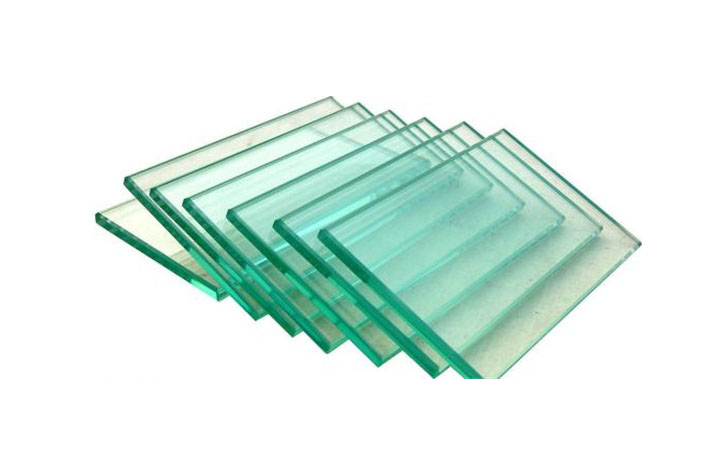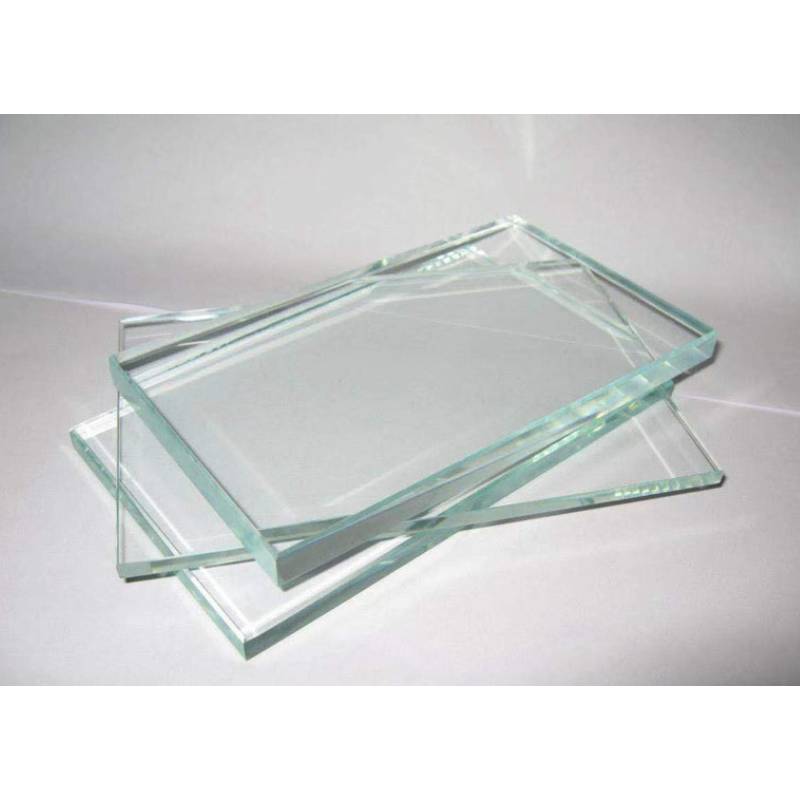In the realm of modern construction and design, float glass stands as a revolutionary material, offering unparalleled clarity and versatility. The process of float glass manufacturing is a sophisticated blend of cutting-edge technology and meticulous craftsmanship, underscoring its role as a cornerstone of architectural innovation.

Float glass manufacturing begins with the selection of high-quality raw materials, primarily sand, soda ash, and limestone. These components are meticulously blended and subjected to intense heat within a furnace reaching temperatures upwards of 1700°C. This extreme heat transforms the mixture into molten glass, a glowing, viscous liquid that is then guided onto a bath of molten tin. The seamless transition of floating glass atop a mantle of tin is where this manufacturing process derives its name. As the glass progresses through the production line, it is meticulously cooled and simultaneously shaped into a flawless sheet of glass.
The sophistication of float glass manufacturing is demonstrated in the precision involved at each stage of production. The control of temperature, the speed of the ribbon, and the atmosphere over the tin bath are all critical factors in ensuring the desired thickness and impeccable surface finish. Each of these variables is precisely adjusted to produce float glass that meets stringent industry standards for optical clarity and mechanical durity.

Renowned for its superior quality, float glass provides an exceptional level of light transmission, crucial for applications requiring transparency and aesthetics, such as in high-rise buildings, storefronts, and glass facades. Furthermore, its exceptional uniformity in thickness enhances its utility in various products, from windows and mirrors to structural glass applications like glass floors and staircases.
float glass manufacturing
Innovation in float glass manufacturing is also evidenced by its adaptability to additional processing for enhanced functionality. With treatments such as tempering, lamination, and chemical coatings, float glass can offer improved safety, energy efficiency, and reflectivity. For example, low-emissivity coatings on float glass significantly reduce heat transfer, making it a vital component in energy-efficient buildings. Similarly, laminated float glass enhances safety by holding the glass pieces together if shattered, making it a preferred choice in environments requiring heightened security.
Expertise in float glass manufacturing is underscored by the symbiotic relationship between technological advancements and skilled craftsmanship. It involves rigorous quality control measures at every step of production, as well as extensive testing for factors such as stress patterns and optical distortions. This dedication to excellence ensures that the final product not only meets architectural demands but also adheres to environmental and safety regulations.
Furthermore, the float glass industry is invested in sustainable practices to minimize its ecological footprint. Many manufacturers are adopting energy recycling systems within production plants and sourcing raw materials responsibly. These initiatives underscore manufacturers' commitment to environmentally friendly practices while maintaining the high standards expected of float glass products.
Float glass manufacturing is a testament to the pioneering spirit of modern engineering. The process stands at the intersection of tradition, persuasiveness, and technological sophistication, continually evolving to meet the ever-changing demands of global design trends. As architectural styles and efficiency requirements evolve, the adaptability of float glass guarantees its relevance and utility, cementing its status as both a historical and futuristic material of choice.
 Afrikaans
Afrikaans  Albanian
Albanian  Amharic
Amharic  Arabic
Arabic  Armenian
Armenian  Azerbaijani
Azerbaijani  Basque
Basque  Belarusian
Belarusian  Bengali
Bengali  Bosnian
Bosnian  Bulgarian
Bulgarian  Catalan
Catalan  Cebuano
Cebuano  Corsican
Corsican  Croatian
Croatian  Czech
Czech  Danish
Danish  Dutch
Dutch  English
English  Esperanto
Esperanto  Estonian
Estonian  Finnish
Finnish  French
French  Frisian
Frisian  Galician
Galician  Georgian
Georgian  German
German  Greek
Greek  Gujarati
Gujarati  Haitian Creole
Haitian Creole  hausa
hausa  hawaiian
hawaiian  Hebrew
Hebrew  Hindi
Hindi  Miao
Miao  Hungarian
Hungarian  Icelandic
Icelandic  igbo
igbo  Indonesian
Indonesian  irish
irish  Italian
Italian  Japanese
Japanese  Javanese
Javanese  Kannada
Kannada  kazakh
kazakh  Khmer
Khmer  Rwandese
Rwandese  Korean
Korean  Kurdish
Kurdish  Kyrgyz
Kyrgyz  Lao
Lao  Latin
Latin  Latvian
Latvian  Lithuanian
Lithuanian  Luxembourgish
Luxembourgish  Macedonian
Macedonian  Malgashi
Malgashi  Malay
Malay  Malayalam
Malayalam  Maltese
Maltese  Maori
Maori  Marathi
Marathi  Mongolian
Mongolian  Myanmar
Myanmar  Nepali
Nepali  Norwegian
Norwegian  Norwegian
Norwegian  Occitan
Occitan  Pashto
Pashto  Persian
Persian  Polish
Polish  Portuguese
Portuguese  Punjabi
Punjabi  Romanian
Romanian  Russian
Russian  Samoan
Samoan  Scottish Gaelic
Scottish Gaelic  Serbian
Serbian  Sesotho
Sesotho  Shona
Shona  Sindhi
Sindhi  Sinhala
Sinhala  Slovak
Slovak  Slovenian
Slovenian  Somali
Somali  Spanish
Spanish  Sundanese
Sundanese  Swahili
Swahili  Swedish
Swedish  Tagalog
Tagalog  Tajik
Tajik  Tamil
Tamil  Tatar
Tatar  Telugu
Telugu  Thai
Thai  Turkish
Turkish  Turkmen
Turkmen  Ukrainian
Ukrainian  Urdu
Urdu  Uighur
Uighur  Uzbek
Uzbek  Vietnamese
Vietnamese  Welsh
Welsh  Bantu
Bantu  Yiddish
Yiddish  Yoruba
Yoruba  Zulu
Zulu 


